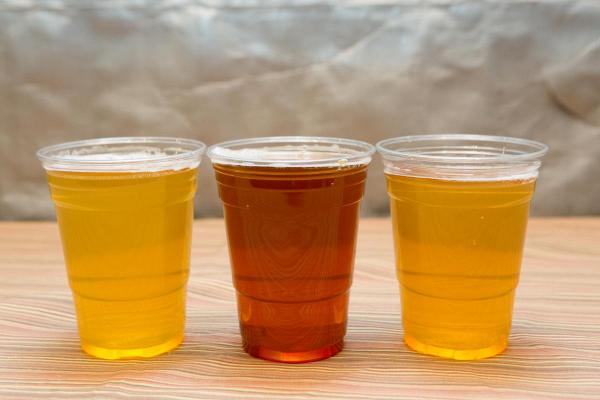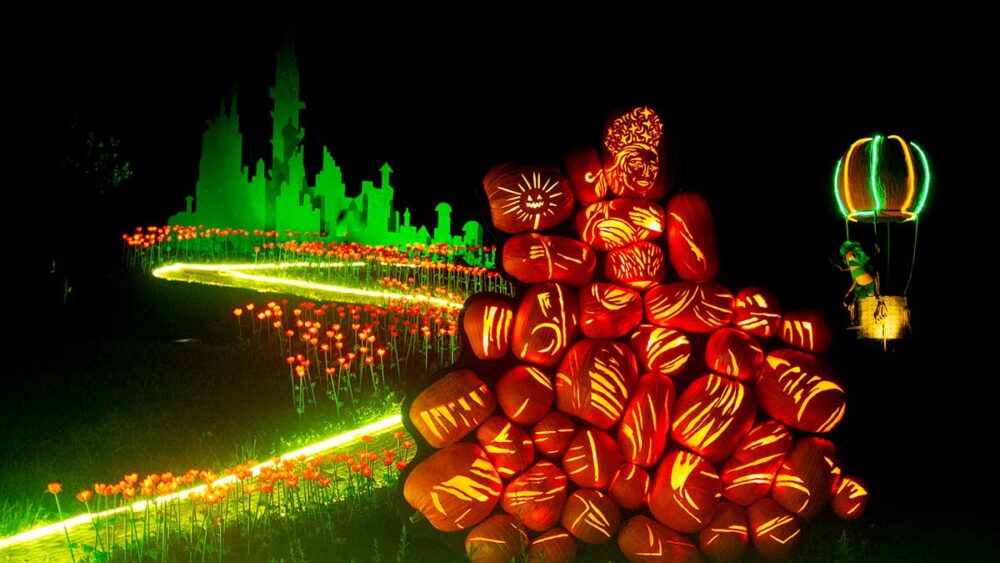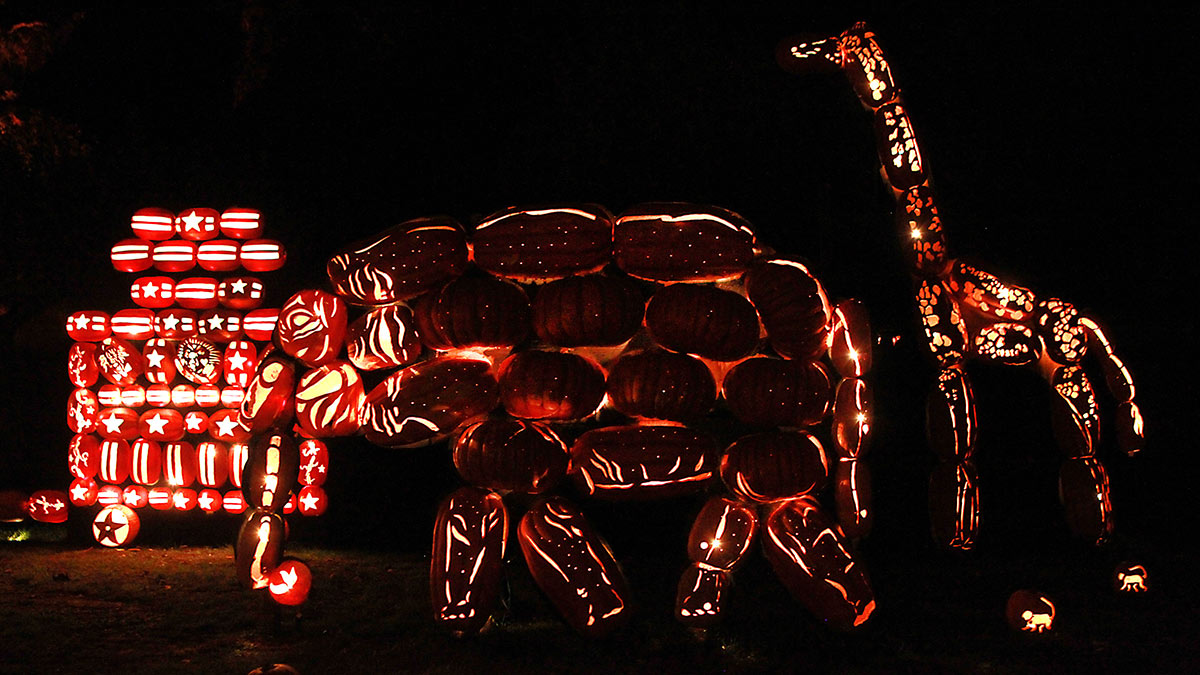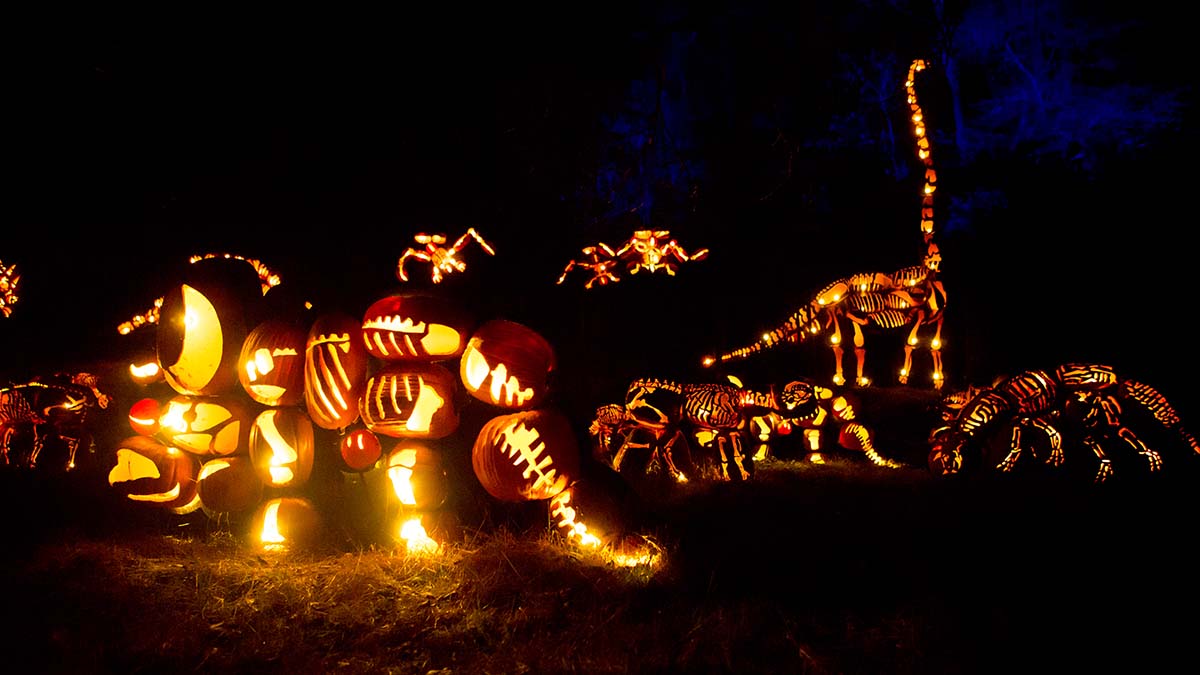Cotton Candy: The Toothy History of a Classic Circus Treat
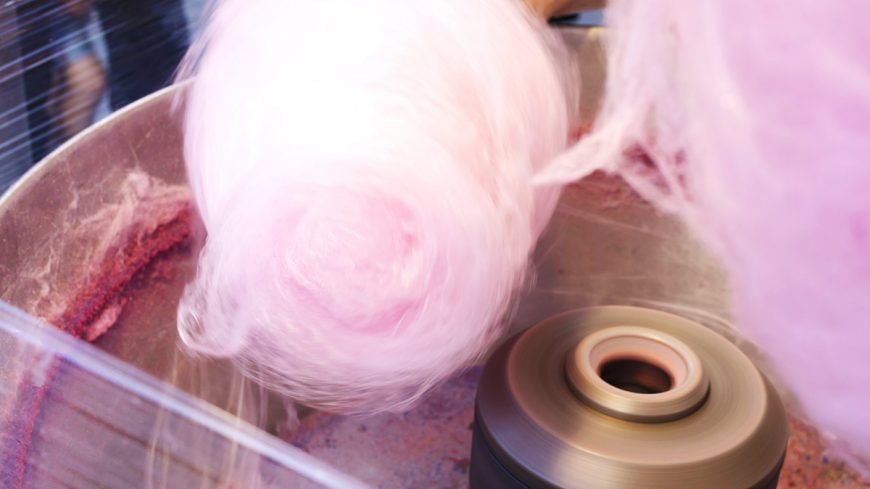
A dentist invented cotton candy. We swear we’re not making that up.
The year? 1897. The place? Nashville, Tennessee.
Dentist William Morrison – perhaps seeing more than a few holes in his appointment book – teamed up with candy maker John C. Wharton to invent the device that makes cotton candy as we know it today. At the time, the air-spun sugary treat was called Fairy Floss. Whether Doc Morrison actually advocated flossing teeth with it, we don’t know.
The sticky sweet substance was a huge hit at the 1904 World’s Fair in St. Louis, where the duo sold 68,655 boxes of it.
Though cotton candy may have been a dentist’s homespun invention, its precursor may be an Italian goody from the 1400s, when cooks started using a new, labor-intensive culinary technique to create spun sugar. Using a fork, the cooks melted sugar and separated it into very fine strands which they draped over objects to create various decorative forms. Because of the high cost of sugar and the labor involved, this was a treat that only the very wealthy could afford.
At the World’s Fair, Doc Morrison and Wharton sold Fairly Floss for $0.25 a box, a hefty price back in 1904, equivalent to $5.99 today. The partners grossed $17,163.75, more than $410,000 in today’s dollars. Not bad, considering back then the average U.S. worker was earning between $200 and $400 a year. (Did we mention the cost of sugar was only four cents a pound and this well-received new confection was mostly air? These guys were literally spinning gold!
In 1920 Fairy Floss was reborn as cotton and in 1972, inventors patented an automatic cotton candy making machine, greatly speeding up the production process.
If cotton candy is your thing, make sure you brush and floss and take heart: at a mere 115 calories per serving, moderate consumption won’t expand the waistline.










